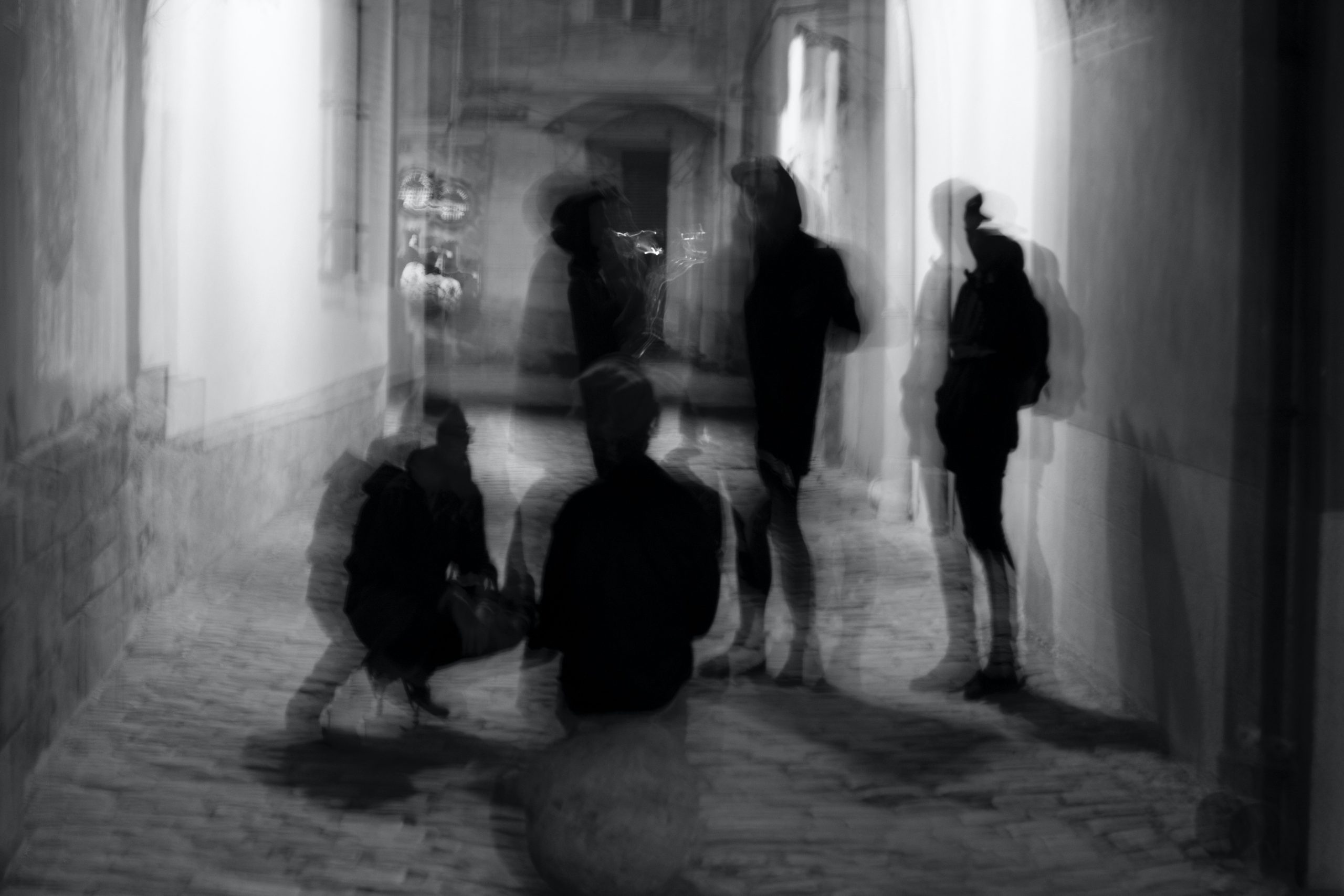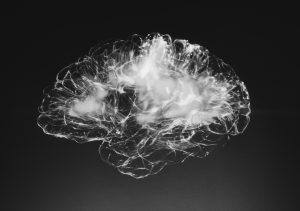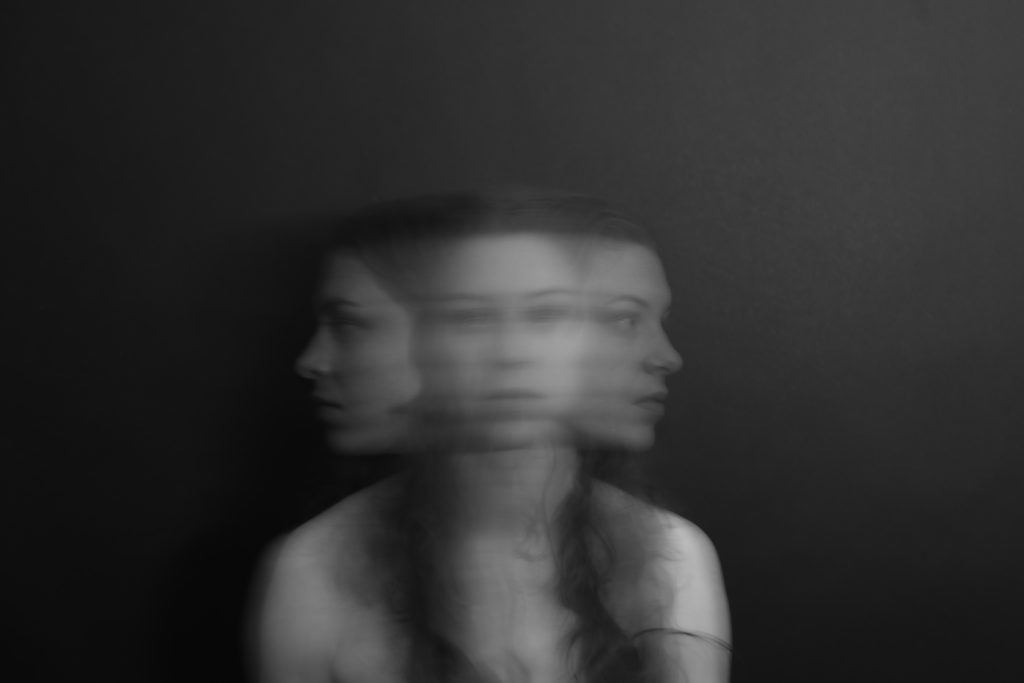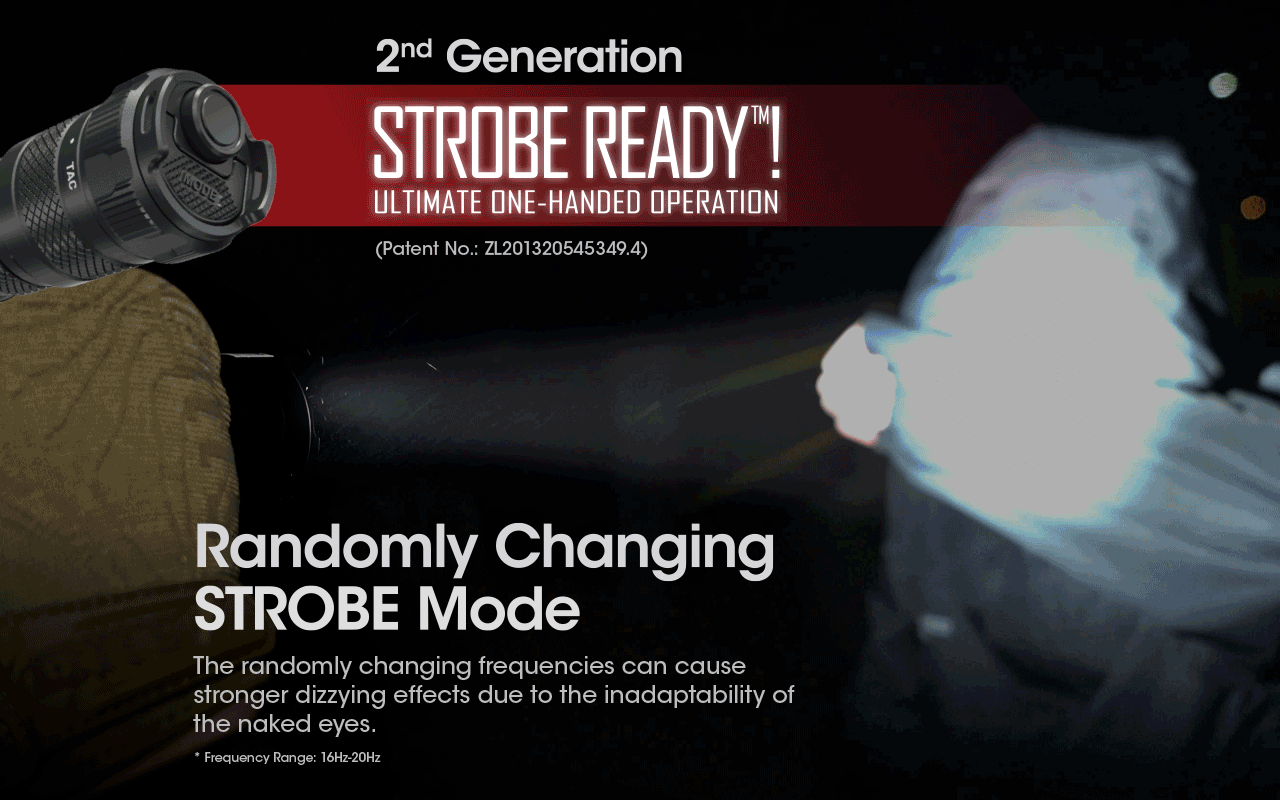Key Takeaways:
- The strobing of a flashlight can disrupt our brain’s visual and cognitive processing
- People who are affected by a strobe’s light can experience vertigo, dizziness, confusion, and more
- Strobe effects can be used by security, law enforcement, and as a self-defense option
Imagine being in a dark room, relying on your trusty flashlight to guide your way. Suddenly, you switch on the strobe function, and the once steady beam of light transforms into a pulsating, erratic dance of illumination. While strobe lights are often associated with entertainment and party atmospheres, they also find practical applications in flashlights. In this blog, we'll delve into the intriguing phenomenon of why a strobe on a flashlight can be so disorienting, shedding light on the science and psychology behind this effect.
The Science Behind Strobe Lights
Strobe lights, whether on a flashlight or in other contexts, create their disorienting effect through rapid and repetitive flashes of light. These flashes occur at a frequency that is carefully chosen to interact with the human visual system in unique ways.
Our eyes perceive light through the delicate interplay between photoreceptor cells called rods and cones. While cones are responsible for color vision and detailed perception in well-lit conditions, rods come into play in low-light scenarios, detecting motion and helping us navigate in the dark. When exposed to a strobe light, the rapid on-off cycle interrupts the normal rhythm of visual processing, causing the brain to interpret the light in unpredictable ways.

Effects of Strobe Lighting
Disruption of Visual Processing
One of the main reasons a strobe on a flashlight is disorienting lies in its ability to disrupt the brain's ability to perceive motion and spatial orientation accurately. The rapid flashes of light trick the brain into interpreting the scene as a series of still frames, rather than a continuous flow. This can lead to a distorted perception of movement, causing disorientation and confusion. In essence, the strobe interferes with the brain's ability to process visual information smoothly, creating a jarring experience for the observer.
Strobe lights also mess with our ability to process motion accurately. Normally, our brains use motion cues to gauge the movement of people or things around us and our own physical orientation. The rapid flashing of a strobe light interferes with this process, causing objects to appear as if they’re jerking around or teleporting. This distortion of motion cues can make it difficult to navigate, react to changes, and maintain a sense of spatial awareness.
Impact Cognitive Processing
The disorienting effect of a strobe on a flashlight extends beyond mere visual perception. Research suggests that exposure to strobe lights can impact cognitive functions such as decision-making, memory, and even balance. The erratic nature of the light disrupts the brain's ability to process information cohesively, leading to difficulties in making quick judgments or recalling details accurately. Additionally, the visual disruption caused by strobes can affect our sense of equilibrium, potentially leading to dizziness or unsteadiness.


Psychological Impact
The disorienting nature of a strobe flashlight also has a psychological impact on the observer. The rapid and unpredictable changes in light can induce feelings of anxiety and unease, as the brain struggles to make sense of the altered visual environment. This effect has been harnessed in various applications, including law enforcement and self-defense, where strobe flashlights are used to temporarily incapacitate and disorient potential threats.
Applications and Considerations
While the disorienting nature of strobe flashlights may seem undesirable in everyday scenarios, there are instances where this effect can be advantageous. For example, emergency personnel and law enforcement agencies use strobe flashlights as a non-lethal means of controlling and disorienting suspects, giving them a tactical advantage while minimizing physical harm. The strobe effect on a flashlight also works as a last-minute self-defense option to disorient an aggressor - you can read more about this here.
However, it's important to consider the potential side effects of using strobe flashlights, especially in sensitive situations. Prolonged exposure to strobe lights can lead to discomfort, disorientation, and even seizures in individuals who are susceptible to photosensitive epilepsy. Therefore, responsible use and awareness of the potential consequences are crucial when employing strobe flashlights.

Recap:
In summary, the disorienting effect of a strobe setting on a flashlight arises from a complex interplay of disrupted visual processing, distorted motion perception, temporal disruption, increased cognitive load, visual overload, and psychological responses. As the brain struggles to reconcile the irregular visual input with its expectations, a sense of confusion, unease, and disorientation takes hold, making the strobe setting a powerful tool in certain applications while also highlighting the intricate ways our brains interpret and respond to light.

